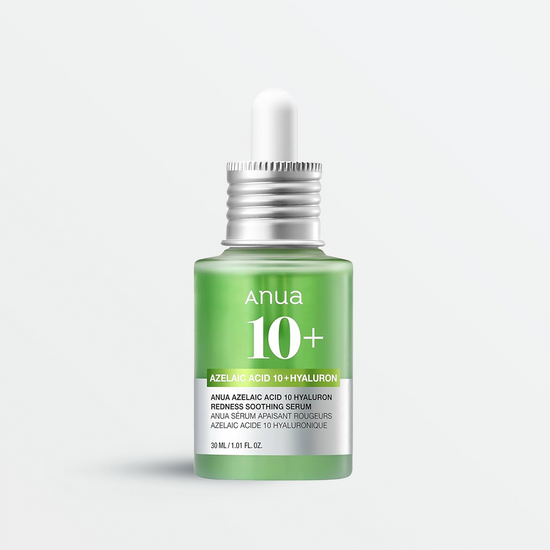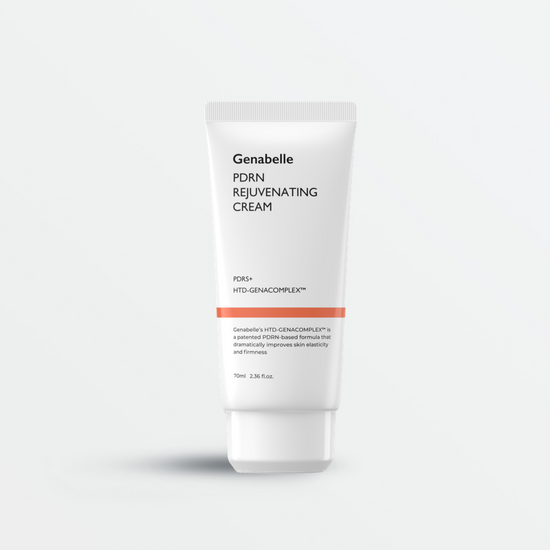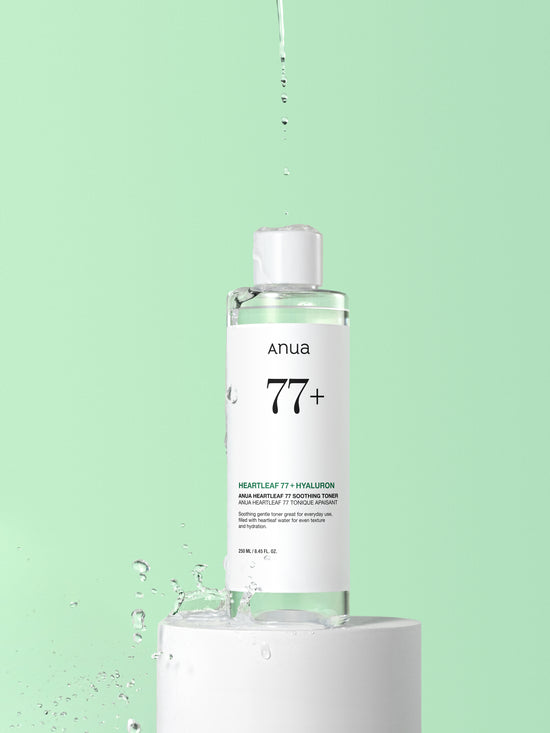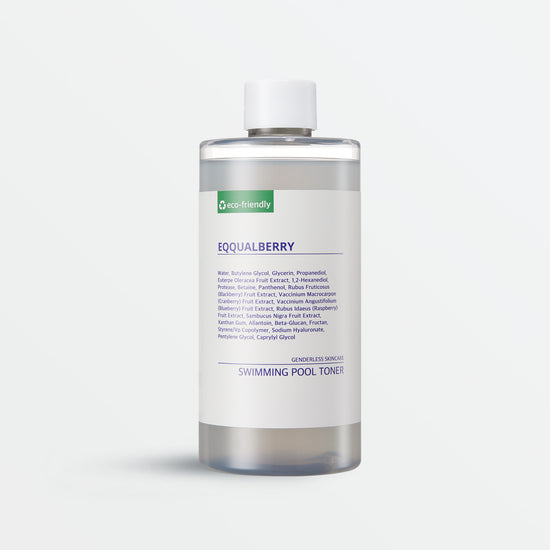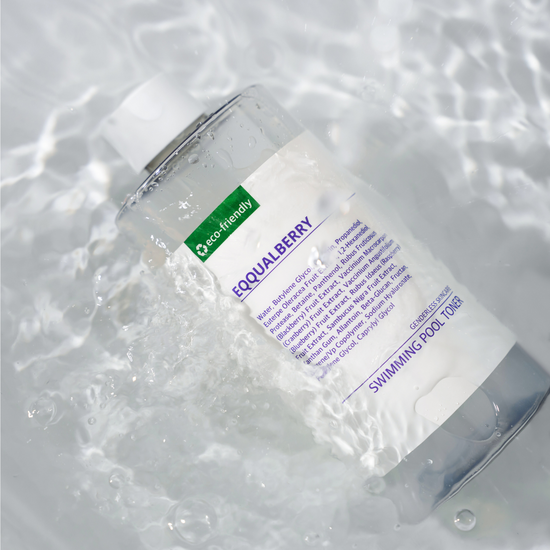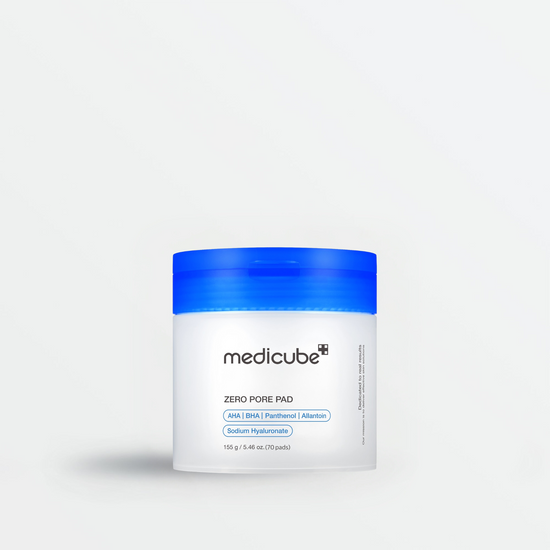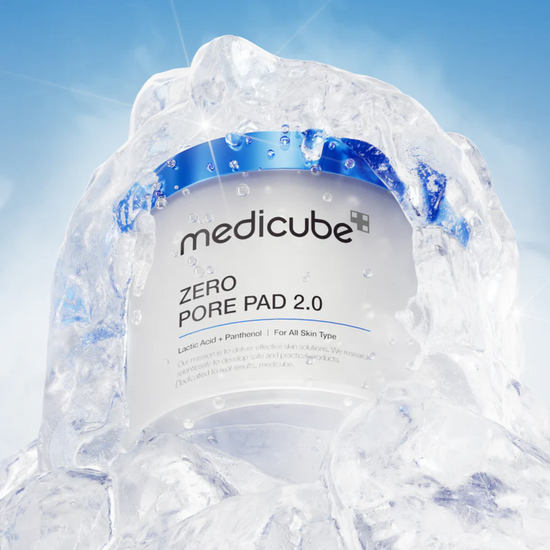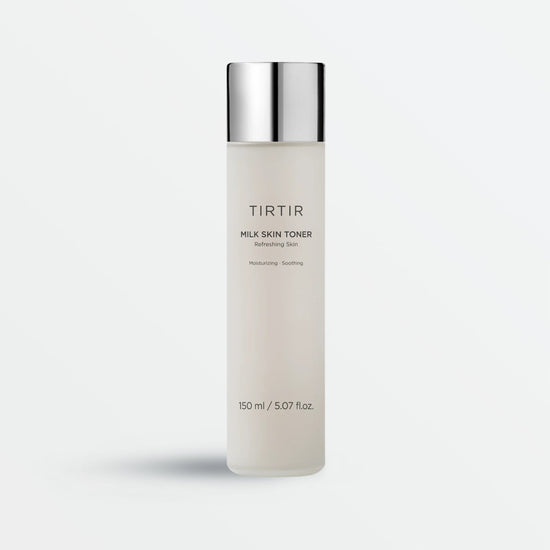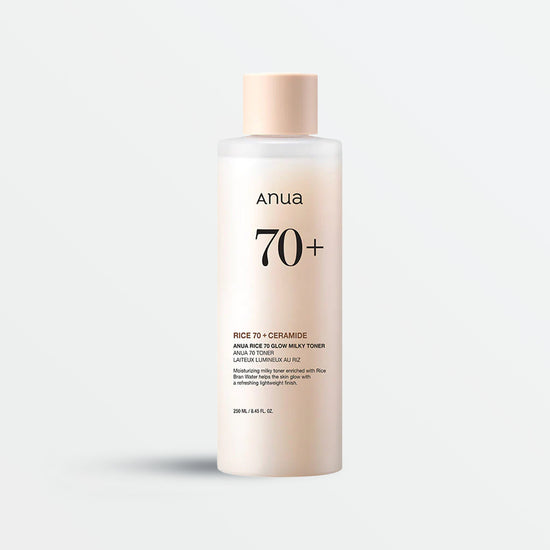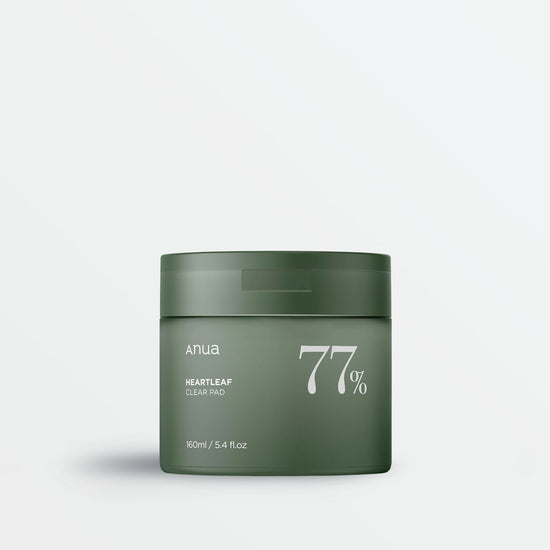Your bag is empty
Posted: 25 November 2025
8 Minute ReadThe Skin Cupid Guide to Identifying Fake K-Beauty Products

Like designer bags and clothing, K-beauty products also have counterfeit alternatives. As Korean skincare continues to gain momentum in mainstream Western society and culture, it’s only natural that fake alternatives of these beloved products start to appear on the market. So how do you spot a fake, and what steps can you take to avoid purchasing these items?
Let’s start from the very beginning: what are counterfeit products?
Counterfeit products aren’t a new concept; they’ve existed for centuries! For example, in 3rd-century Rome, coins called denarii were often counterfeited, made from a cheap metal instead of their standard silver. The practice of counterfeiting was even mentioned in Dante’s Inferno, the first part of his 14th-century poem, the Divine Comedy, which describes 9 circles of Hell – one of which is Fraud. This circle is reserved for “Falsifiers”, individuals who participated in counterfeiting, or more specifically alchemy – turning one material, like lead, into another, like gold. These Falsifiers were considered deceitful, and so were punished to suffer with leprosy for eternity.
Now, this all sounds pretty intense, but while condemning this type of fraudster to hell is an attitude that’s probably best left in the Middle Ages, counterfeit culture does pose significant problems for modern brands. When looking at designer and luxury goods, producing fakes can be profitable for both sellers and consumers, since merchants make money, and consumers purchase trendy items at a lower price. But at what cost? When a popular brand gains attention, everyone wants a piece of the pie, resulting in the production of fakes. This not only damages the brand's reputation, it leads to the theft of their intellectual property and raises concerns about ethical and sustainability practices of counterfeited goods.
With the rise of online shopping and social media, consumer demand for the latest fashion and beauty trends has made it easier than ever before to get hold of these fake products – a quick Google search is all it takes to get hold of these fakes!
Why do people sell counterfeit products?
Put simply, it’s all about the money. According to the Anti-Counterfeiting Group (ACG), most of these present-day Falsifiers were once drug dealers. They eventually switched because it allowed them to earn similar profits without facing the same risks. Although selling counterfeits might seem fairly innocuous as criminal professions go, it has the potential to unfold into something bigger. The ACG revealed how counterfeit products have contributed to international fraud, organised crime, and even terrorist activity, citing the 1993 World Trade Center bombing, which was funded through the selling of counterfeit items.
What harm can purchasing fake Korean skincare products cause?
As well as potentially involving you in serious criminal activity, cheap counterfeit products carry a multitude of risks when we’re talking about items that can be applied to the skin. If fraudsters focus solely on replicating the same packaging as the original product, the formulations by default are fake. Counterfeit items don’t undergo the same safety procedures and testing regulations as actual products, so you could be purchasing a K-beauty product that is packed with toxic and carcinogenic ingredients. This may result in dermatological issues like allergic reactions, skin irritation, and infections that require medical attention.
How can you tell if a K-beauty product is fake?
You might be thinking “I’d never purchase a fake product”, but the truth is there’s a lack of consumer knowledge surrounding fakes. Luckily for you, the team here at Skin Cupid have formulated a handy checklist of things to examine if you ever suspect you might be about to buy a counterfeit K-beauty product!
The first red flag you may come across is on the website
Sometimes, fake websites are relatively easy to spot – they might use AI-generated images, stock very few products, and all-in-all look suspicious. On other occasions, a website selling counterfeit products might have much better production value, brimming with big name brands, pictures, reviews, and web pages that tell you more about the retailer. So how can you tell if a site is likely to be legit or not?
If you take Skin Cupid’s website as an example, here’s what you’ll find when you scroll down to the bottom of the page.

When a K-beauty retailer informs the customer of its rating on Trustpilot, that’s always a good sign – especially, of course, when the Trustpilot score is high. As well as having readily accessible links to pages detailing the company’s Terms and Conditions and Privacy Policy, this is a green flag and a clear indication that you're using a legitimate website.
Another feature to look for is if customer service details are visible. For instance, you can email us at hello@skincupid.co.uk! Our customer service team is happy to help – they’re available Monday to Friday, and tend to respond within 24 hours.
Retailers like Amazon and eBay can be sources of authentic K-beauty products as many of these brands sell directly through these platforms. However, sometimes counterfeiters may trick the retailer AND the consumer into purchasing something fake. eBay have recognised this and are tackling the issue through eBay Authenticate, which cross-checks the original brand items with the ones sold on the shop. This serves as a middleman between retailer and consumer to prevent counterfeits from being sold.
A quick thing to do is to scroll down to the bottom of the product and read the reviews. Plenty of negative reviews is definitely a sign something is wrong. Equally, too many positive, 5-star reviews may be a red flag, since retailers could produce fake reviews to uphold their counterfeiting business – check the actual content and spelling of the reviews if you’re uncertain, as too many spelling errors and excessive shortness might indicate something suspicious is going on.

Sometimes, a website tries to be cheeky by packing their product page with images, videos, and descriptions to deter the consumer from reaching the bottom of the page and reading their bad reviews. Don’t be fooled – stay persistent to avoid getting scammed!
The price of the products should also be considered when trusting a website. Typically, counterfeit retailers sell products as cheaply as possible. Sounds good, right? There’s a catch… If an item sells for significantly lower than the original price set by the brand, it may be a cause for concern. Earlier this year, we found one scam website selling the bestselling MEDICUBE Collagen Night Wrapping Mask for £6.39, whereas here at Skin Cupid, we sell it for £26. After looking at the reviews on this website, it seems many people received black bottles containing water. It’s a very sneaky way to get a bit of money, that’s for sure.
Another feature to look out for are product images and ingredients. Sometimes K-beauty brands go through re-branding, which means they switch up the products’ packaging and formulations. If the website you're considering buying from has not updated their web pages with recent and accurate information, then alarm bells should be ringing. Additionally, some of images may contain spelling mistakes or just look unprofessional:

Now onto the product: how can you spot a K-beauty fake?
Sometimes counterfeiters do a poor, albeit comical, job at producing fake products.

At other times, especially with K-beauty products, it’s harder to spot. For instance, brands with their names and logos written in Korea, as with BEAUTY OF JOSEON, might be especially tricky for English-speaking individuals to identify as a fake.
Let’s take a look at a Reddit user's photos of BEAUTY OF JOSEON's Relief Sun SPF50+ PA++++, as they suspect they may have purchased a counterfeit product:


When we compare the user’s photos to those posted on the official brand page, there are several notable discrepancies. Firstly, the quality and material differ. Whereas the Reddit user’s packaging is glossy, the genuine BEAUTY OF JOSEON packaging is matte and appears more luxurious. Secondly, the cap is shorter than the original, and the ridges are rounded when it should be pointed. Lastly, the font on the user’s packaging is inconsistent, whereas the original has clearer, consistent, and better-quality lettering. It’s not a badly produced fake, but it’s a fake nonetheless.
Sometimes it requires a keen eye to identify whether a K-beauty product is counterfeit or real. Once you receive your product, you should ask yourself the following questions:
- Are there any grammatical errors or spelling mistakes?
- Is the font and colour of the packaging inconsistent?
- Is the logo misaligned, unsymmetrical, or poorly printed?
- Is there a batch number? If so, it should be written on the underside of the packaging.
- Does it say “Made in Korea”?
- Is the barcode in Korean?
- Is there a protective safety seal on the product?
Physically using the product also follows a similar procedure. Counterfeit K-beauty products usually have an odd smell, consistency, and colour compared to what was advertised, since they use a fake formula. That’s why it’s always important to do a patch test before fully committing to a product.
If in doubt, double (and triple) check
If you're still confused or just don’t trust your eyes to judge, help’s on the way! Brandsafer and HiddenTag are highly trusted apps that many K-beauty lovers use when purchasing products. These apps often work directly with the original brands to ensure customers receive genuine products, as counterfeit goods can damage the brand's reputation and customer loyalty.
Most K-beauty products have a holographic QR seal, which acts as a verification sticker. Each sticker is unique to the product, making it difficult for counterfeiters to duplicate. These apps use digital watermarking technology to scan and analyse the QR code to verify their authenticity. Unlike more traditional open-source technology, which fraudsters can easily replicate, this technology provides a more secure verification process. As the app scans, it compares the product you own with the original, confirming whether it’s counterfeit or genuine.





 Subscription box
Subscription box 
